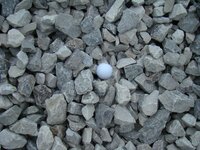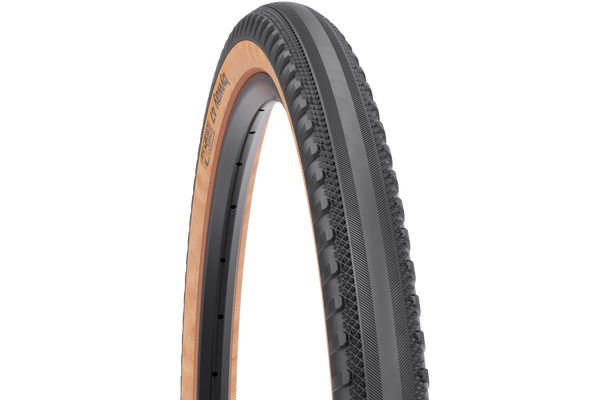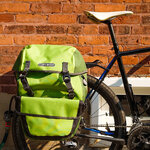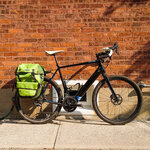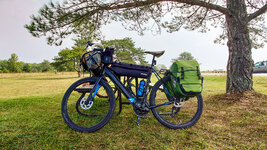@carsonjones You are dealing with this issue on two different thread so I will copy and paste here what I just wrote on the Bosch Product Improvement Thread a few minutes ago
The primary way available to the rider to adjust the speed read out and cut off point on Bosch bikes is through setting accurate tire circumference values.
Having had several ebikes with Bosch motor, I have run into a similar problem of speed inaccuracy with my Trek Allant 9.9, a very sophisticated bike from a very customer responsive company.
Under the Bosch ecosystem each manufacturer sets the limits within which the rider can adjust the tire circumference value, usually based on the tire size range that the bike will safely accommodate. The Allant's lower limit was limited to a value above that of the OEM tire that came on the bike when new, resulting in a 1.7mph error at 20 mph.. I needed to be able to tell the system that the tire circumference was smaller as it was set to interpret each revolution of the tire to be a greater distance traveled than it actually was, reaching the speed limitation sooner than I should have.
Expanding the available circumference range to encompass the OEM tire turned out NOT to be something that was available to the local Trek store. They had to have the bike linked into the Trek diagnostic system on the day that one of the few people at Trek corporate tech support could patch in and use his authorization code to expand the maximum circumference available so that the speed value was accurate. In the era of covid, that took some time to accomplish. My patience was rewarded in getting accurate speed values and having the bike performing up to spec.
My point is that you have identified the wrong culprit in your pursuit of more accurate speed readings and thus, assistance up to the stated max. speed. It is most definitely not an issue that Bosch can solve for you. It is totally Cannondale's call. The problem is that the bike tech at the Cannondale shop you are using does not have full understanding of just who is responsible for what.
I suggest you chill for a bit and let
@William - Bosch Team guide you to a more competent Cannondale shop that can solve your problem. In my experience with Bosch with six different Bosch powered bikes over the past three years, is that the get on it quickly, are super responsive compared to most and they know way more than most local bike mechanics. Usually protracted resolution of issues boils down to the mechanic thinking he knows more than he does and not getting the job done until he swallows his pride, gets Bosch involved and actually listens to and follows their lead.
By the way, it is important to have actual circumference of your tire on that bike with the pressure you use. The primary way available to the rider to adjust the speed read out and cut off point on Bosch bikes is through setting accurate tire circumference values.
Rim diameter is usually very accurate. Most tires are famously not spot on as to spec, something further complicated by people running various tire pressures. The best way to measure that is to draw a strait perpendicular chalk line at one point on your tire. Mark the floor when it is perpendicular to the ground. Push the bike forward one wheel rotation and mark where the chalk line on the tire is again perpendicular to the floor. Measure the distance between marks for actual rather than theoretical circumference.
Then go into the bike settings using whatever display unit you have on the bike and try lowering the circumference value accordingly. If it won't go down far enough, only Cannondale can fix that.
